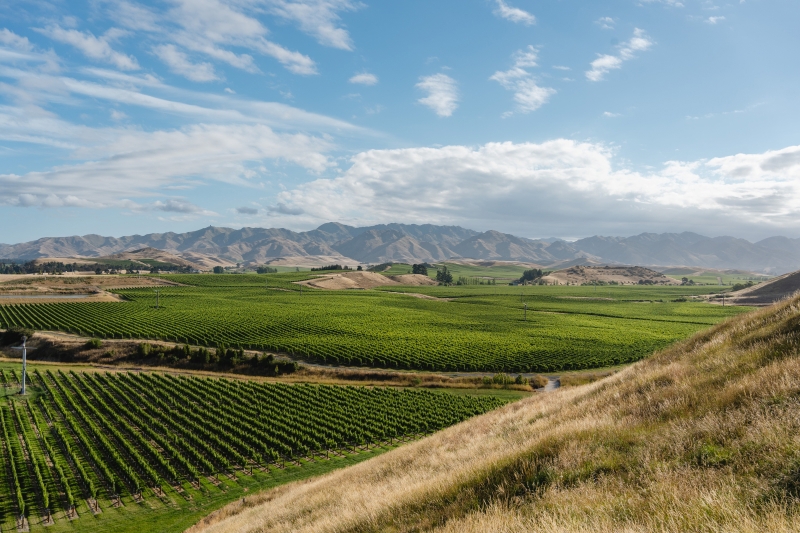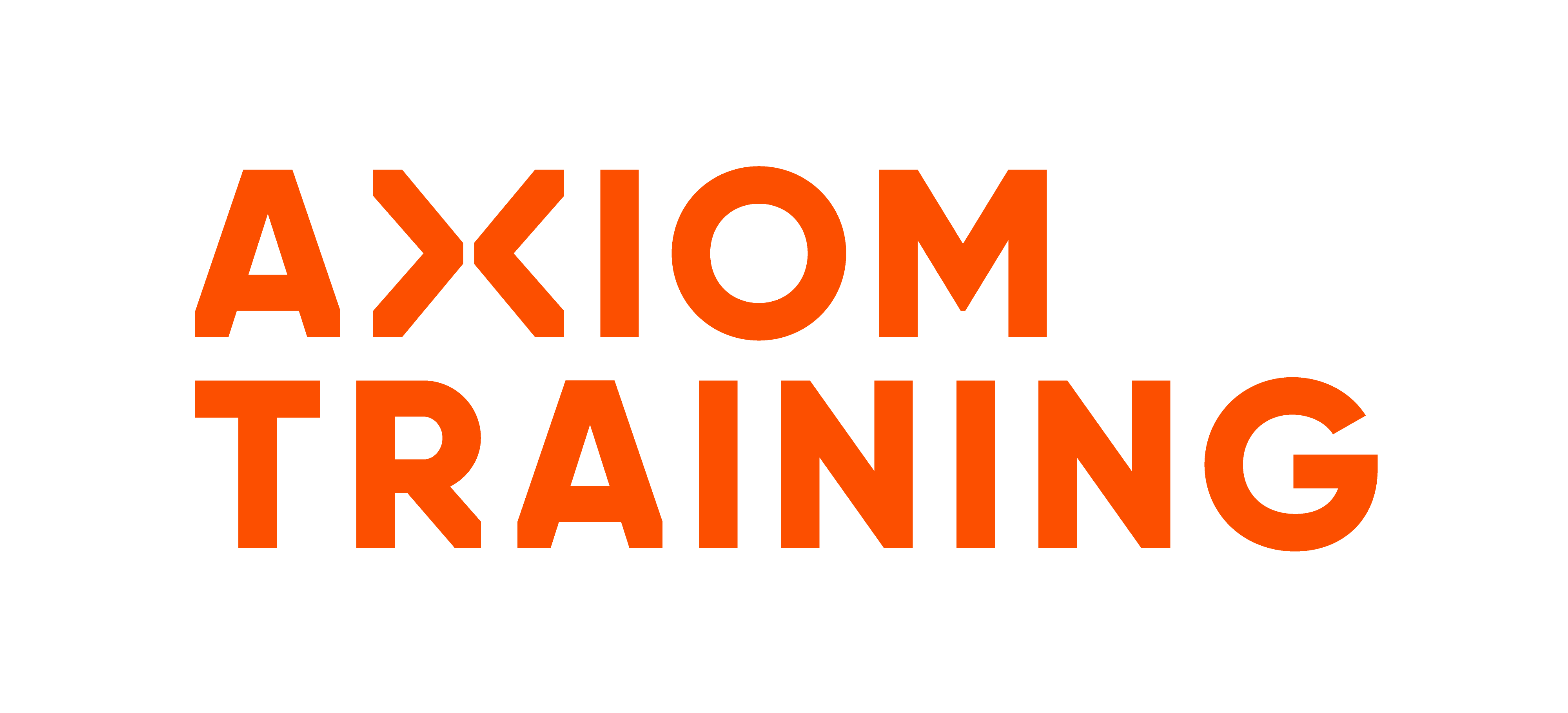White Paper: Safer Seasons: A Spring Health and Safety Guide for Rural NZ
Safer Seasons:
A Spring Health and Safety Guide for Rural NZ
This white paper summarises WorkSafe New Zealand’s current focus areas for agriculture and turns them into a practical, on-farm action plan. It explains what farmers and rural businesses can expect during WorkSafe’s spring engagement visits, highlights the highest-risk tasks on farm, and sets out simple, defensible steps to lift safety without adding red tape.
Introduction:
As days get longer, spring is an ideal moment to reset health and safety on farm. WorkSafe will be engaging across sheep, beef and dairy operations this spring, with around 1,000 planned farm visits between October and December. Inspectors will prioritise vehicles and heavy machinery, and hazardous substances, then share sector insights back to industry so farms can benchmark and improve. The emphasis is on support and practical guidance, with enforcement where uncontrolled risks are found.
Agriculture remains one of New Zealand’s highest-risk industries. Vehicle and machinery incidents continue to feature in serious harm and fatalities, which is why WorkSafe’s guidance and the upcoming visits place so much weight on choosing, maintaining, and operating the right vehicle for the job.
What to Expect From a WorkSafe Spring Visit:
Focus areas: vehicles and machinery, hazardous substances, and core risk management. Inspectors will engage, answer questions, and provide a clear view of what is working well and what needs attention. Where significant risks are present, you may receive a directive letter or improvement notice with practical steps to fix issues.
Benefit to your business: a free health check on critical risks, clarity on expectations, and early insight into common issues across the sector that you can act on before they cause harm.
Rural Risk Profile: Where Harm Happens
Farm vehicles: Quads, side-by-sides, tractors and two-wheel farm bikes are involved in a large proportion of serious incidents. Core controls include picking the right machine for the terrain and task, active riding techniques on quads, seatbelts in side-by-sides and tractors with ROPS, and helmets where required.
Dynamic conditions: Wet ground, slope, loads, towing and speed change risk hour-to-hour. A vehicle that was safe yesterday might not be safe today.
People and visitors: Contractors, advisers, vets, and recreational visitors all create overlapping duties. You must warn authorised visitors of work-related, out-of-the-ordinary hazards. Children on farm need special consideration, particularly around animals, vehicles and water hazards.
Your On-Farm Safety System, Made Simple:
You do not need a complex system. You do need a consistent one. WorkSafe’s farmer guide remains a solid starting point, noting it should be read alongside current legislation and relevant industry standards. Build these basics and you will be in a strong position for spring visits.
- Find the hazards, fix what you can, and record it
Identify significant hazards, eliminate where possible, isolate if you cannot eliminate, then minimise and monitor. Keep a simple hazard register and update it when conditions change. - Write down the few procedures that matter most
Document rules for high-risk tasks, for example: who can operate which vehicle where, helmet and seatbelt rules, safe slopes, towing limits, and when work stops due to weather. - Prove people are trained and competent
Induct new staff, supervise until competent, and refresh skills for returning or young workers. Keep short training records so you can show who is cleared for which tasks. - Plan for emergencies
Have first aid, comms, muster points, local numbers, lone-worker procedures, and PPE ready. Include seasonal risks like rural fire. - Manage contractors and visitors
Share known hazards, check their plan, agree safe access, and monitor for critical risk. Warn authorised visitors about unusual, high-consequence hazards before they enter.
The Vehicle Safety Essentials:
Choose the right machine for the job, the load and the terrain. Do not default to a quad if a side-by-side, ute, or tractor is safer for today’s conditions.
Is the vehicle up to it? Check tyres, brakes, steering, fluids, lights, safety systems, and structural integrity, especially ROPS.
Is the driver up to it? No machine if fatigued, untrained, or on impairing medication. Use formal training and refreshers.
Wear the right protection: seatbelts where fitted, and helmets on two-wheel bikes, quads and side-by-sides.
Operate to conditions: avoid turning downhill on slopes, keep off sealed surfaces on quads, keep limbs inside side-by-sides, and never carry passengers where not designed.
Seasonal Checks You Can Action This Week:
Spring pre-start: walk the farm to mark no-go slopes and wet areas, update the map, and brief the team.
Machinery readiness: service plans, daily pre-use checks, and a simple defect-tag and fix system.
Chemical safety: current SDSs, storage checks, correct PPE, spill kit readiness, and a short toolbox on handling and decanting.
People: refresh active riding for quad operators, confirm helmet and seatbelt rules, and verify who is competent for tractors with attachments.
Visitors, Children and the Rural Workplace:
Farmers must take practicable steps to keep workers and authorised visitors safe from work-related hazards, and must warn visitors about out-of-the-ordinary risks. Children need close supervision and must stay clear of machinery and vehicle tasks. Lock workshops, remove keys from vehicles, and set clear play areas away from water and traffic.
Rural Fire, Private Bridges and Other Often-Missed Risks:
Rural fire: have a burn plan, check seasons and permits, watch the wind, keep separation distances, stage piles, and keep suppression gear ready. Re-check heaps for heat days and weeks after.
Bridges on private property: older structures may not suit modern axle loads. Get an engineering assessment, set speed and weight limits, and signpost approach restrictions where needed.
Training That Moves the Dial:
Closing the gap between “what to do” and “how to do it” happens fastest with targeted training and competency checks. Safety n Action can support with short, practical courses that align to WorkSafe priorities, including:
- Quad and side-by-side operator training, tractor and attachments safety, and load securement
- Hazard and risk management, incident reporting and investigation
- First aid and emergency response, fire warden and rural fire readiness
Conclusion:
WorkSafe’s spring engagement is a chance to pressure-test your system, strengthen your controls around vehicles and hazardous substances, and lock in a simple rhythm of checks, training and monitoring. Start with the highest-risk tasks, keep good proof of what you do, and make spring the season you turn intent into practice. The payoff is real, measured in fewer incidents and everyone getting home safe.
References:
- WorkSafe New Zealand. (2025). Spring checks to stay safer on the farm. Retrieved from: https://www.worksafe.govt.nz/about-us/news-and-media/spring-checks-to-stay-safer-on-the-farm/
- WorkSafe New Zealand. (n.d.). Managing health and safety: A guide for farmers. Retrieved from: https://www.worksafe.govt.nz/topic-and-industry/agriculture/keeping-safe-on-farms/managing-health-and-safety/
- WorkSafe New Zealand. (n.d.). Use the right farm vehicle. Retrieved from: https://www.worksafe.govt.nz/topic-and-industry/agriculture/farm-vehicles/use-the-right-farm-vehicle/
- Safety ’n Action. (n.d.). Rural and Agriculture Courses. Retrieved from: https://www.safetynaction.co.nz/en/our-courses/rural-and-agriculture-courses/
View training solutions
-
Rural Training
Chainsaw, 4WD or farming machinery. Whatever your Rural training needs are, we are here to help keep you and your workers safe from harm.
-
Hazard & Risk Management
Effective hazard and risk management reduces the chance of harm occurring, resulting in a safer and more productive workplace for you and your team. Unit standards covered: 30265 and 497




